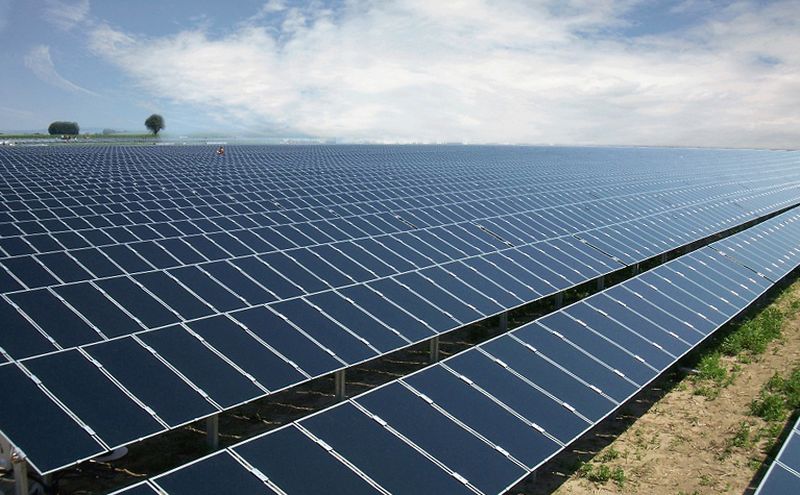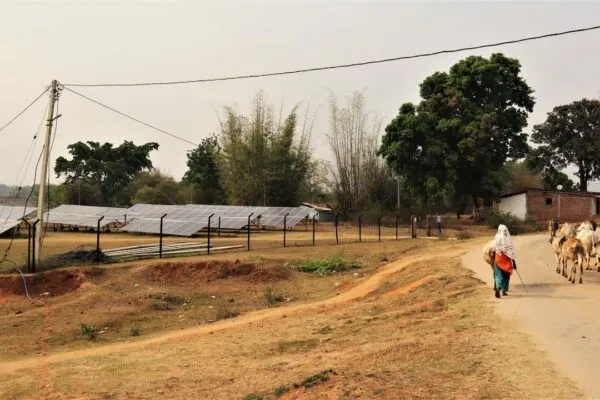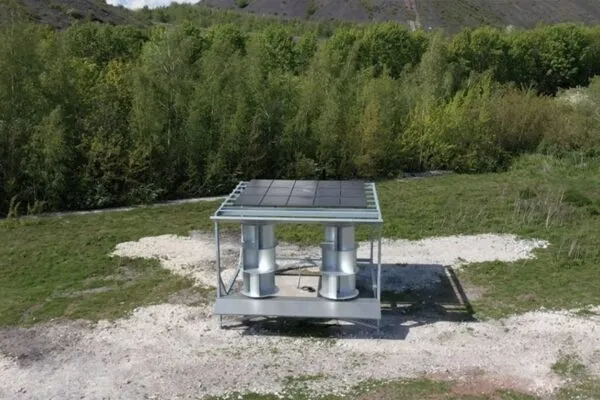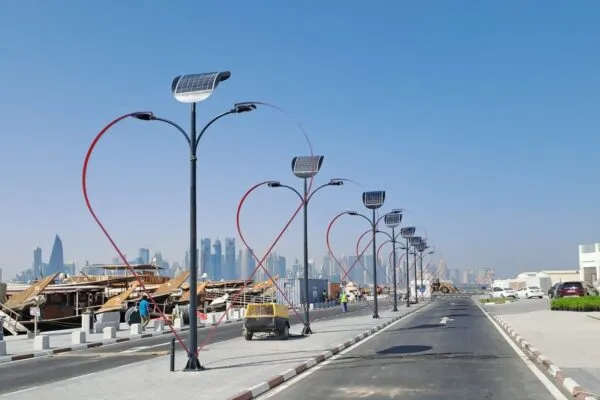Is India Capable of Manufacturing Large-Scale Cost-Effective Solar Components?
In a race to cut emissions, the global community is striving to explore renewable energy resources. Being the most promising alternative, the countries are increasing their solar power capacity for the past few years. However, the local manufacturing for solar components such as solar Photovoltaic (PV) cells, panels and modules has not been much promoted.
India’s Ambitious Target
India has become one of the top renewable energy producers globally, with ambitious capacity expansion plans. The country is working towards achieving its target to increase its capacity of solar energy to 100 GW by 2022, but the effort is supported by a dismal 3 GW local manufacturing base for solar cells and 9 GW for panels.

Image: PV Magazine
Despite making significant progress in solar power generation, India still relies on China for equipment. Although India has started to manufacture solar PV (SPV) cells, the country still imports critical components like wafers, metals, and poly-silicons.
Imports From China
Many countries import a huge number of inexpensive solar components from China. For China’s solar panel manufacturing industry, the major global markets are the US and India.
The low prices of Chinese equipment have enabled many countries to make electricity at a low cost, although, they have made local manufacturing mostly unviable. In Europe, many lead equipment manufacturers have stopped production of solar components as they were unable to meet the Chinese scale and prices.
However, should the impacts of recent coronavirus outbreak in China prolong, India’s green energy trajectory with around 3 GW of solar projects, worth Rs 16,000 crore, could be at risk of penalties for missing the completion deadline? In such a scenario, invoking the force majeure seems a viable option.
The government could seize this opportunity to make India the alternative manufacturing destination for global companies since the coronavirus outbreak exposed how heavily they are reliant on China for raw materials and production.
India Needs to manufacture Solar Components
There are plenty of facts that prove that India needs to increase its solar equipment manufacturing base.
The first and foremost reason has to be the plan to make India a self-sustainable manufacturing hub. PM Modi’s vision of “Made in India” would not be acquired until the government promotes the local businesses and invest in domestic manufacturing units.
Due to the increase in imports, the NDA government in its previous term imposed a safeguard duty from July 30, 2018 on solar cells and modules imported from China and Malaysia. Despite that, imports of cheap solar components worth over Rs 80,000 crore in the last five years were made, mostly from China.
India is energy deficient, yet blessed with plenty for sunlight for most of the year. With a huge solar power potential, it is necessary for India to produce enough equipment to reduce the expenditure on imports. China’s current coronavirus outbreak also offers a good opportunity to expand the solar components manufacturing base.
The remaining dependent on imports only leads to short-term benefits for the country. Currently, 85-90 percent of the solar module installations are from China. Modules account for nearly 60 percent of a solar project’s total cost.
India imported $2.16 billion worth of solar PV cells, panels and modules in 2018-19. If the country was able to produce cost-effective solar components at a large scale, that amount could have stayed in the domestic territory, supporting the local manufacturers.
Incapability to Produce Cost-Effective Equipment
There are several reasons that support the fact that India is not capable of manufacturing cheap solar equipment at a large scale, while simultaneously working to achieve the target of generating 100 GW of solar power by the year 2022.
For one thing in pure capacity terms, the domestic market is minuscule compared to the volume of imports. Indian solar manufacturers only capture a minor portion of the manufacturing value chain, which includes polysilicon, panels and modules.
On the domestic manufacturing front, India fares worse. Various efforts by the Solar Energy Corporation of India (SECI) to attract bids for the development of the Inter-State Transmission System (ISTS) connected SPV power plant since May 2018 were unsuccessful.
Two quick actions of the Chinese government – a $15 million annual subsidy and a massive domestic solar programme, have attracted substantial investment in solar manufacturing capacities. These have made China the undisputed champion of solar components manufacturing.
The Indian government is a near monopsonistic buyer. It is regarded by the global solar industry as one of the most promising markets but low-cost Chinese imports have undercut its ambitions to develop its own solar technology suppliers.
India’s conflicting desires between being able to procure cheap solar equipment and to encourage a domestic manufacturing base through the imposition of import duties can be an issue.
Land scarcity is yet another issue. The country has a huge population and barely enough resources to fulfill their requirements. Installation of large scale manufacturing bases would pose many issues in the country.
Future Milestone
However ambitious the target be, the goal to acquire 100 GW of solar power generation by the year 2022 still needs a lot of work and huge investments. It is a different issue whether India can achieve its set goal or not, but producing large-scale, cost-effective solar equipment is still not possible for India.
The country doesn’t have the investments to establish large-scale industries for solar components such as panels, cells and modules. Land scarcity is yet another issue. So, it’s a long way to go until India could become capable in domestic solar components manufacturing.


